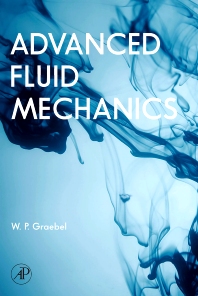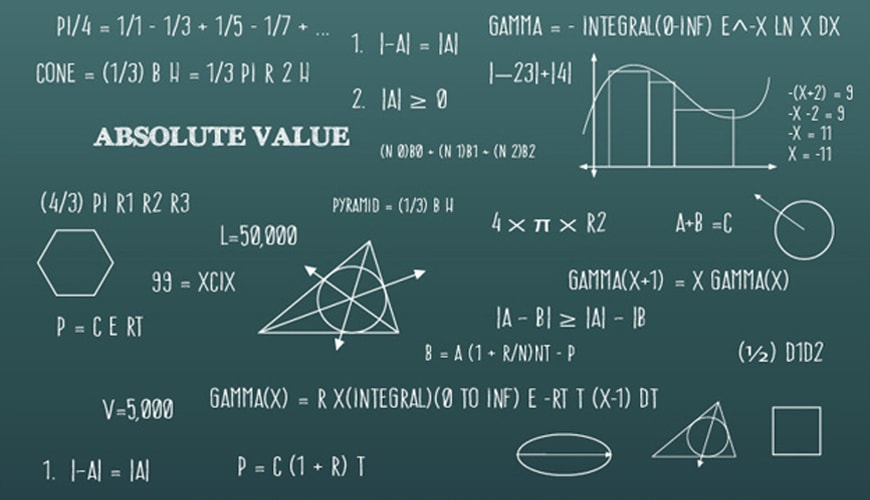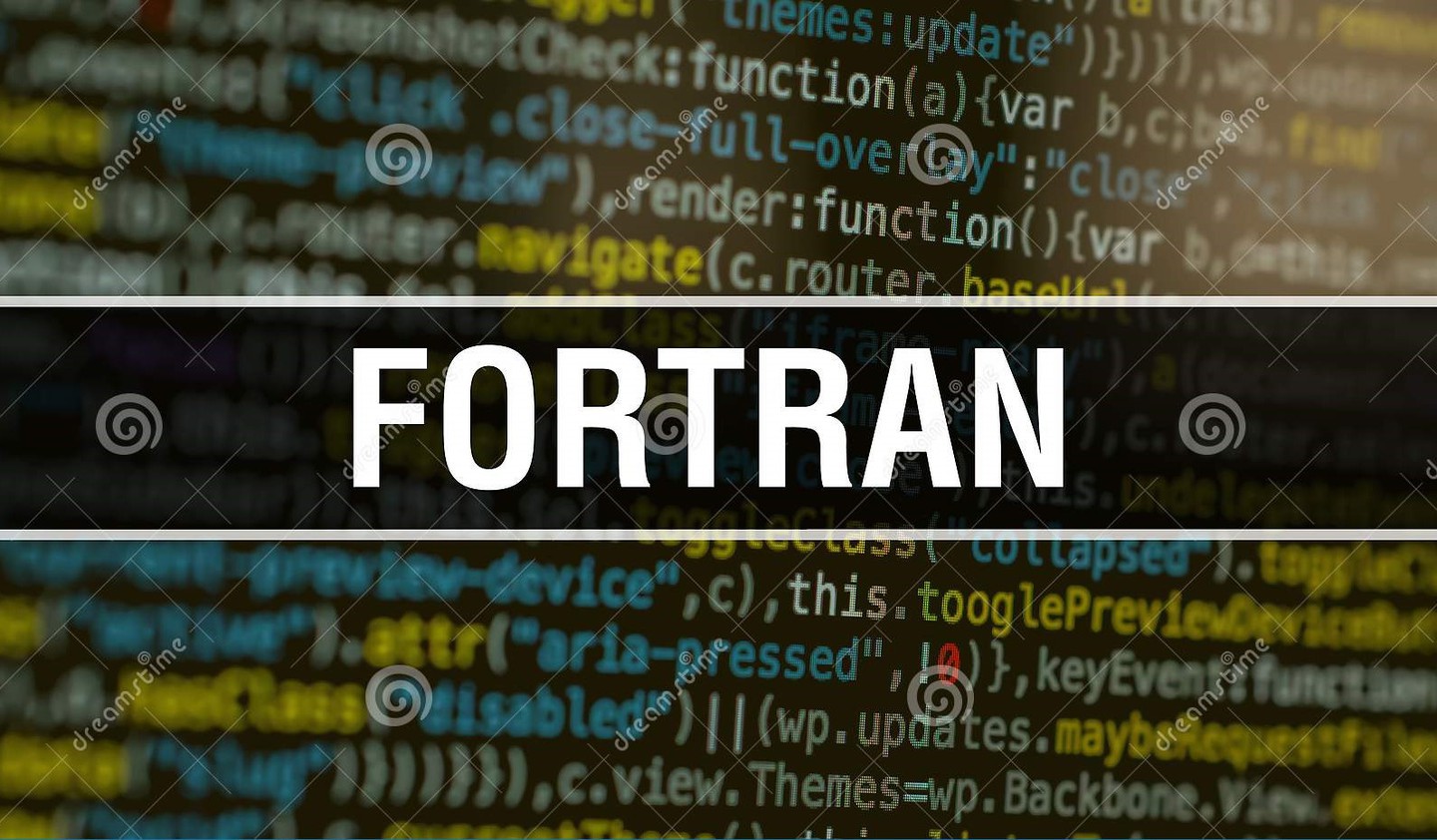
Building Constriction I - M
This course will introduce and train students in the basic skills necessary to pursue
a career in building construction sector. This course covers soil work, foundations
plumbing, concrete work, brickwork, blockwork and masonry works. It also includes
introduction to the history of construction, types of buildings and construction
stages.

Concrete Technology I -M
Course Objective (Studying cement manufacturing and properties of cement and aggregates and study fresh and hardened concrete and concrete mix design)
References: Concrete technology by A.M.Neville
Course Description:
The aim of this course is to enable the student to:
- Describe factors which control the properties of concrete.
- List methods of determining the properties of concrete.
Objectives:
To provide students with physical, mechanical, chemical, and mathematical tools and
concepts for the understanding of engineering behavior of concrete and introduction to
engineering design of concrete mixes.
Learning Outcome:
On successful completion of this module, the learner will be able to:
- Calculate standard concrete properties and classify a concrete sample.
- Carry out laboratory tests for preliminary engineering assessment of concrete
sample.
- Specify the essential features and requirements of concrete permeability.
- Calculate stresses in concrete under various load conditions, and determine the
shear strength.

Engineering Surveying I - M
Introduction : Surveying is the basis for planning, implementing and following up on most engineering related projects Surface areas such as buildings, roads, airports, dams and irrigation canals. It is also important for careers Non-engineering that has a direct or indirect connection with surveying works such as geography and geology marine and ocean sciences, forest sciences, agriculture and military sciences
This course will cover : the definition of surveying , the basic principles of surveying , various filed issues , Leveling , sections , volumes
References :
1. المساحه الهندسيه - ياسين عبيد احمد - كلية الهندسه -جامعة البصره -1990 -وزارة التعليم العالي والبحث العلمي
2. هندسة المساحه - د عباس زيدان -البناء والانشاءات - الجامعه التكنولوجيه - الطبعه الاولى -2009
3. A text book of surveying and leveling R.Agor.2012.Delhi
4. Surveying , Mimi Das , Bahargag Das , Madan Das , 2010 , New Delhi .
5. Fundamental of Surveying , S.k . Roy , 2009 , Eight Edition , New

English Language II M
In this course, we will cover the second 5 units of the New Headway book (Academic Skills Level 1 ) also, the student will gain the opportunity to develop his reading, writing, speaking, and listining skills.

Fluid Mechanic I - M
Fluid mechanics is the branch of physics concerned with the mechanics of fluids (liquids, gases, and plasmas) and the forces on them. It has applications in a wide range of disciplines, including mechanical, civil, chemical and biomedical engineering, geophysics, oceanography, meteorology, astrophysics, and biology.

Mathematics III - M
engineering mathematics. These areas of mathematics were intimately tied to the development of Newtonian physics, and the mathematical physics of that period. This history also left a legacy: until the early 20th century subjects such as classical mechanics were often taught in applied mathematics departments at American universities, and fluid mechanics may still be taught in (applied) mathematics as well as engineering departments.

Programming III - M
Fortran is a general-purpose, compiled imperative programming language that is especially suited to numeric computation and scientific computing. Fortran was originally developed by IBM in the 1950s for scientific and engineering applications, and subsequently came to dominate scientific computing.

Strength of Materials I -M
This course will cover the following topics: Analysis of internal forces, Normal and shear stresses, Riveted joints, Thin-walled vessels, Normal strain, Hook's law, and stress-strain diagrams, Lateral strain and Poisson’s ratio, Deformation of Axially loaded members, Displacement diagram, and indeterminate problems, Thermal deformation of axially loaded members, Torsion of circular sections, Torsion of non-circular sections, Torsion thin-walled non-circular sections, Indeterminate problems in torsion.